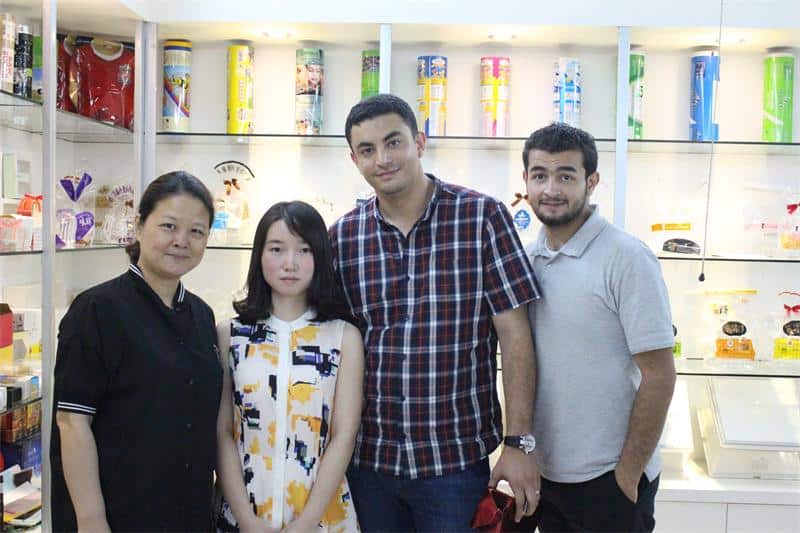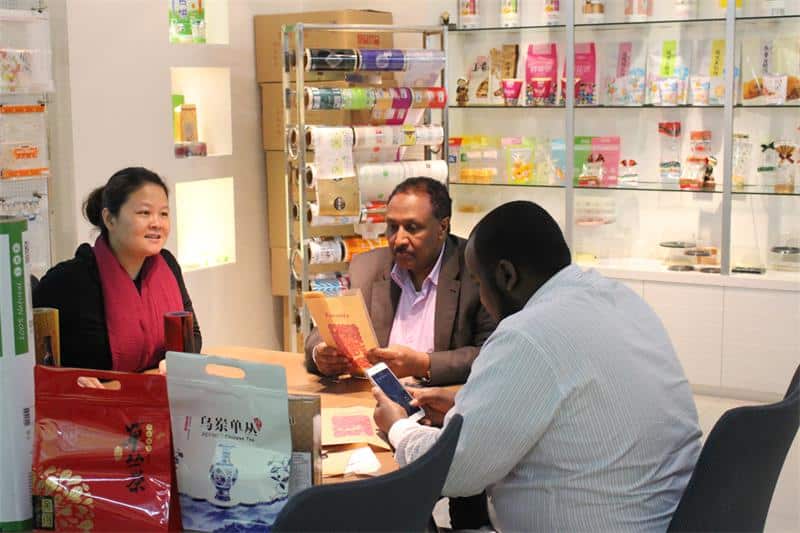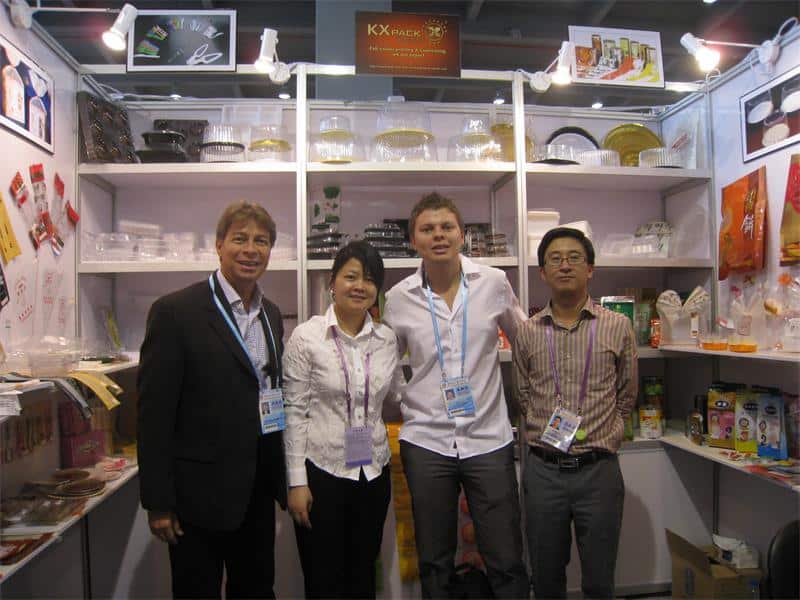Are you looking for Food Packaging Film?
Good packaging film allows your food to be stored longer at different environment.
For Food Packaging Film You Should Know:
About Us
Not only do in GREAT packaging. Also do in RIGHT packaging.
We have always insisted on the food-grade raw materials, resolutely resisted the price game at the expense of quality and strive to create the right customized packaging for our customers.

Product Display
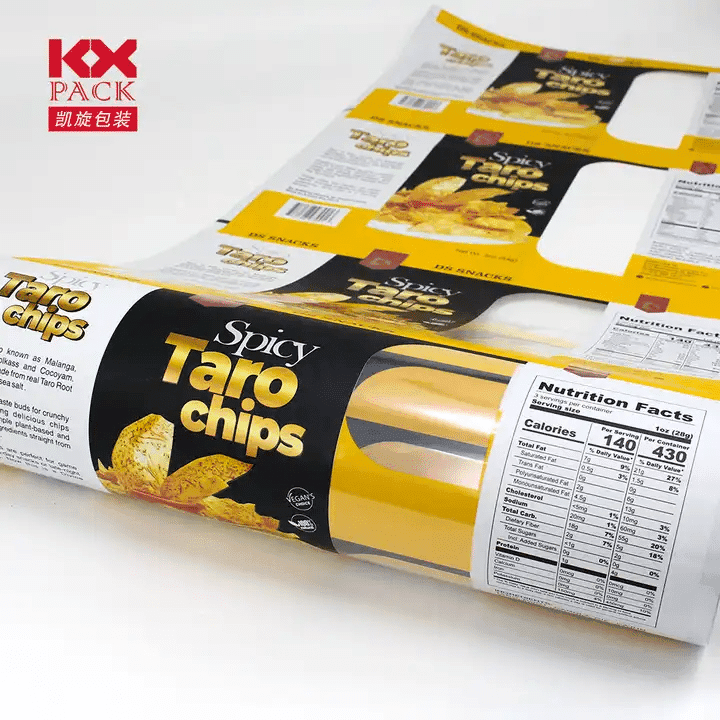


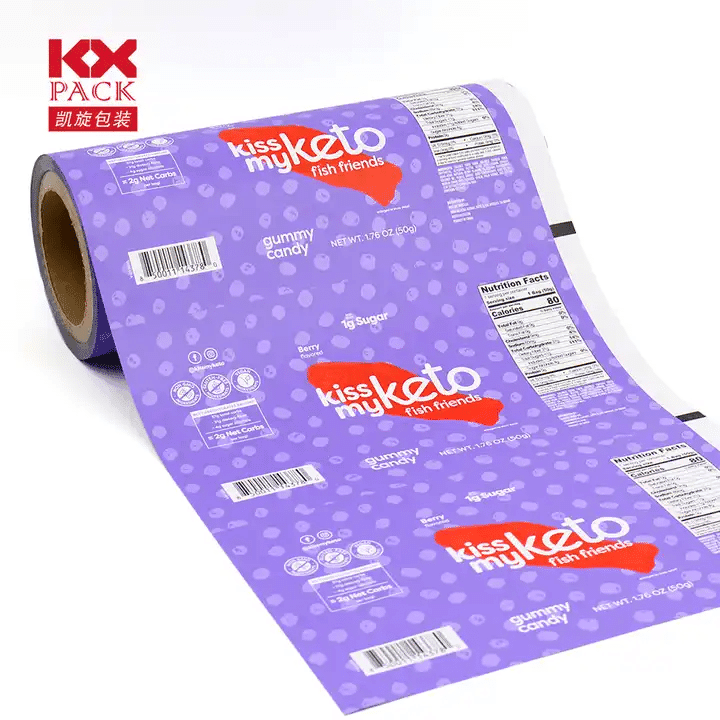
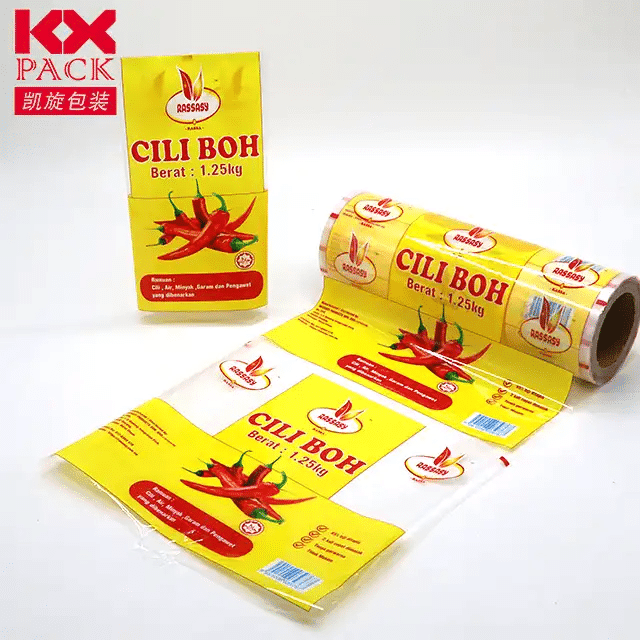
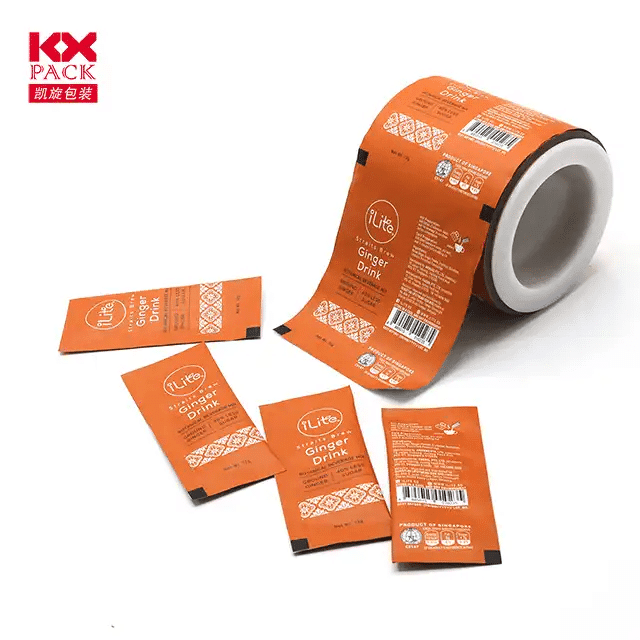
Trusted By Them
Our location
Near Guangzhou and Shenzhen, 3 hours driving. Warmly welcome you to come and visit.


